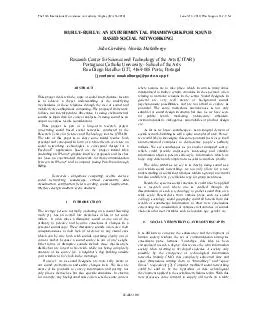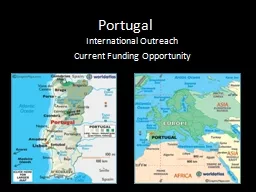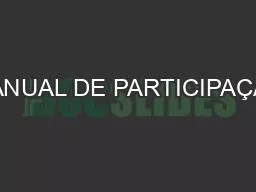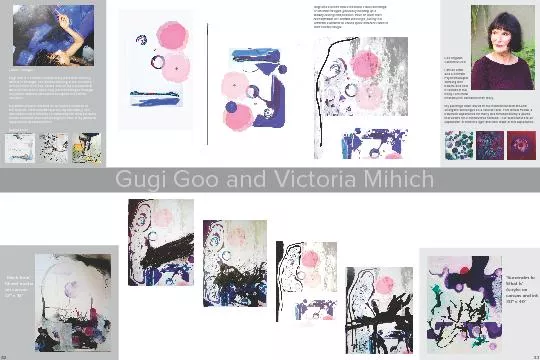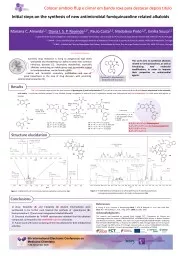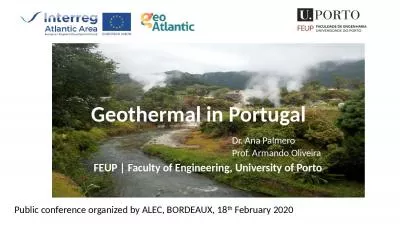PDF-Rua Diogo Botelho 1327, 4169-005 Porto, Portugal {jcordeiro; nmakelber
Author : sherrill-nordquist | Published Date : 2017-01-08
RjDjKeywords ubiquitous computing mobile devices social networking soundscape virtual community data visualization sonification field recording sound classification
Presentation Embed Code
Download Presentation
Download Presentation The PPT/PDF document "Rua Diogo Botelho 1327, 4169-005 Porto, ..." is the property of its rightful owner. Permission is granted to download and print the materials on this website for personal, non-commercial use only, and to display it on your personal computer provided you do not modify the materials and that you retain all copyright notices contained in the materials. By downloading content from our website, you accept the terms of this agreement.
Rua Diogo Botelho 1327, 4169-005 Porto, Portugal {jcordeiro; nmakelber: Transcript
Download Rules Of Document
"Rua Diogo Botelho 1327, 4169-005 Porto, Portugal {jcordeiro; nmakelber"The content belongs to its owner. You may download and print it for personal use, without modification, and keep all copyright notices. By downloading, you agree to these terms.
Related Documents

